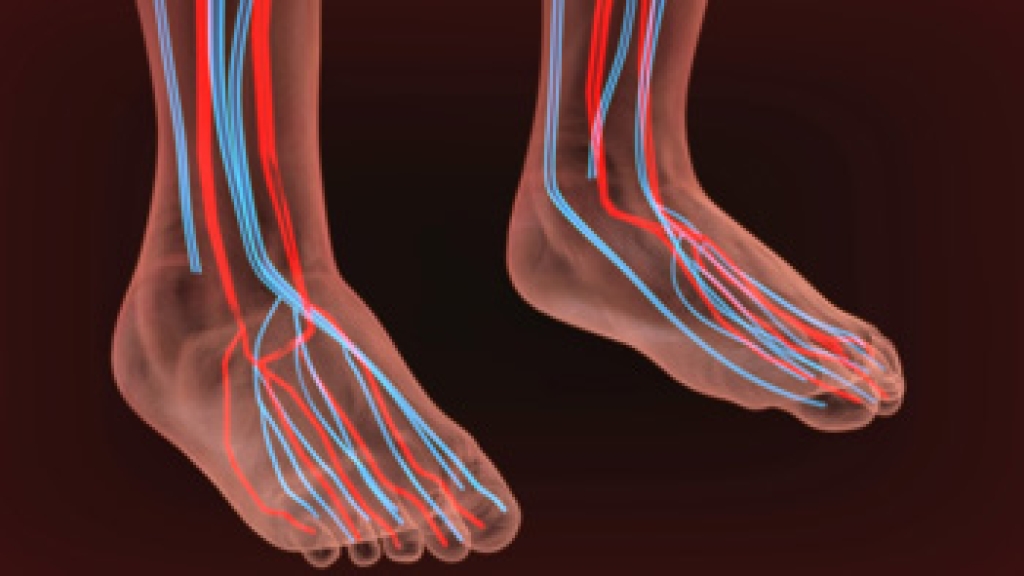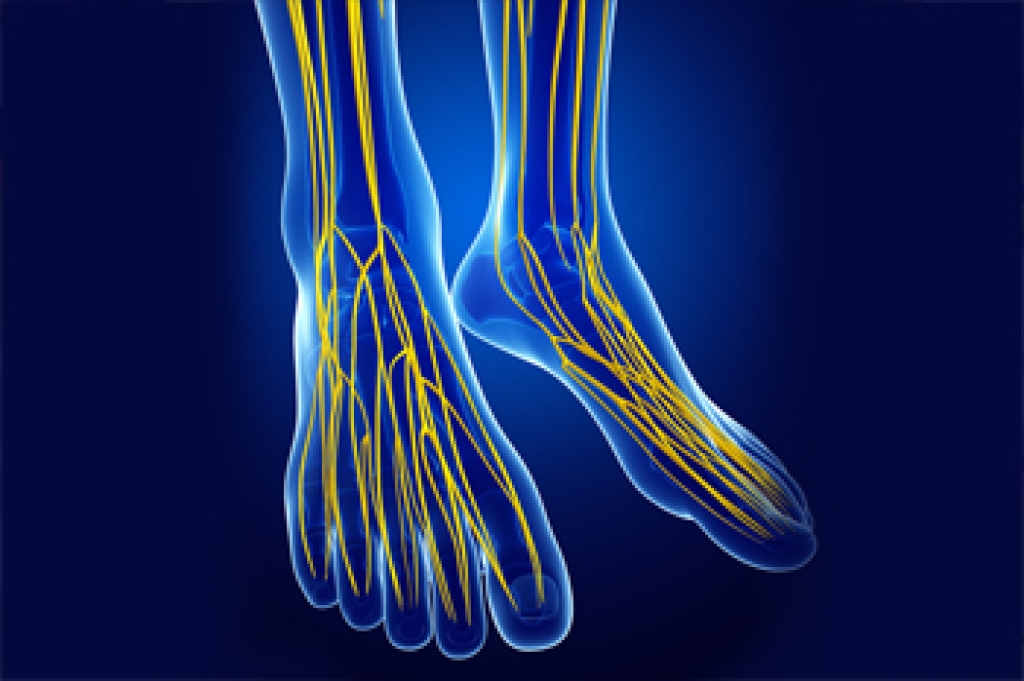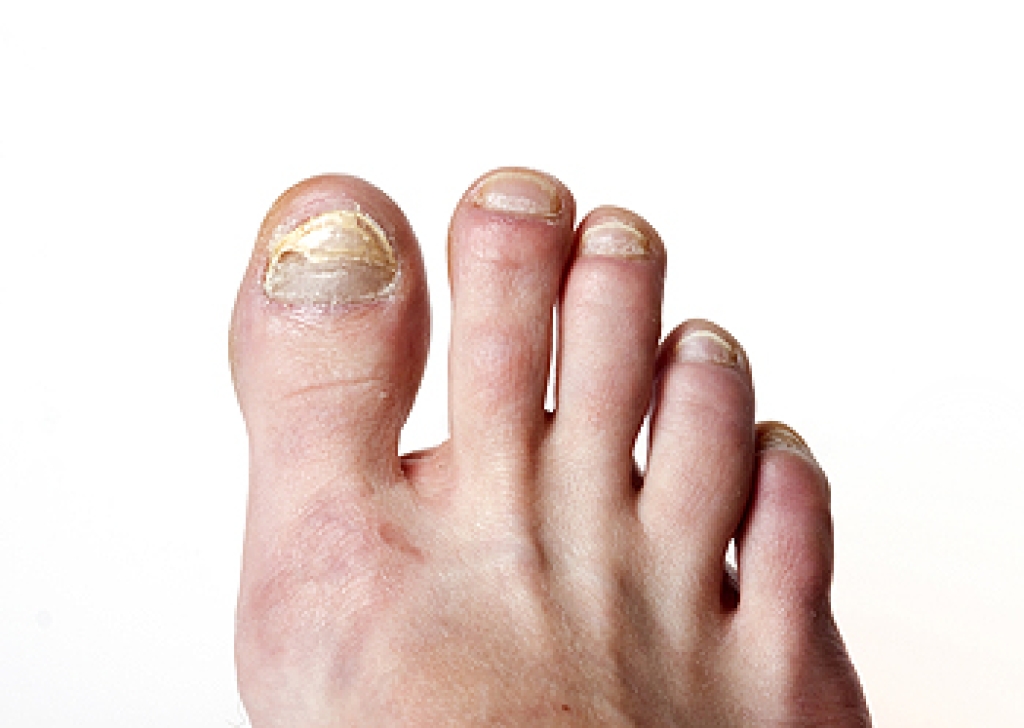
Poor circulation occurs when blood flow through the vessels becomes limited, reducing the oxygen and nutrients that reach the feet. This issue affects the feet because they are the farthest from the heart and rely on strong vascular health for proper function. Signs of poor circulation include numbness, tingling, swelling, color changes, and cramping after activity or rest. Common causes include peripheral artery disease, diabetes, and smoking, all of which damage blood vessels and restrict flow. A podiatrist can identify circulation problems through specialized exams and provide treatments that improve blood flow, protect the skin, and prevent complications. If you notice changes in foot comfort or color, it is suggested that you consult a podiatrist who can provide a proper diagnosis and treatment.
While poor circulation itself isn’t a condition; it is a symptom of another underlying health condition you may have. If you have any concerns with poor circulation in your feet contact Jeffrey Parrett, DPM of Parrett Podiatry. Our doctor will treat your foot and ankle needs.
Poor Circulation in the Feet
Peripheral artery disease (PAD) can potentially lead to poor circulation in the lower extremities. PAD is a condition that causes the blood vessels and arteries to narrow. In a linked condition called atherosclerosis, the arteries stiffen up due to a buildup of plaque in the arteries and blood vessels. These two conditions can cause a decrease in the amount of blood that flows to your extremities, therefore resulting in pain.
Symptoms
Some of the most common symptoms of poor circulation are:
- Numbness
- Tingling
- Throbbing or stinging pain in limbs
- Pain
- Muscle Cramps
Treatment for poor circulation often depends on the underlying condition that causes it. Methods for treatment may include insulin for diabetes, special exercise programs, surgery for varicose veins, or compression socks for swollen legs.
As always, see a podiatrist as he or she will assist in finding a regimen that suits you. A podiatrist can also prescribe you any needed medication.
If you have any questions, please feel free to contact our office located in Waxahachie, TX . We offer the newest diagnostic and treatment technologies for all your foot care needs.




